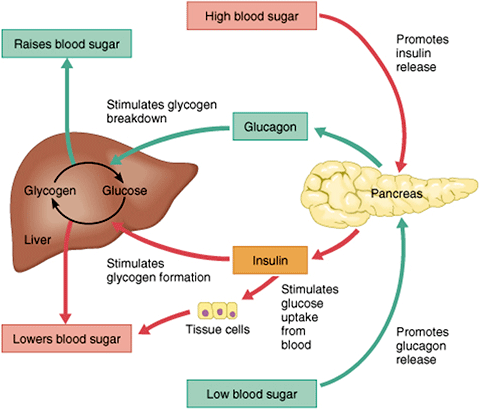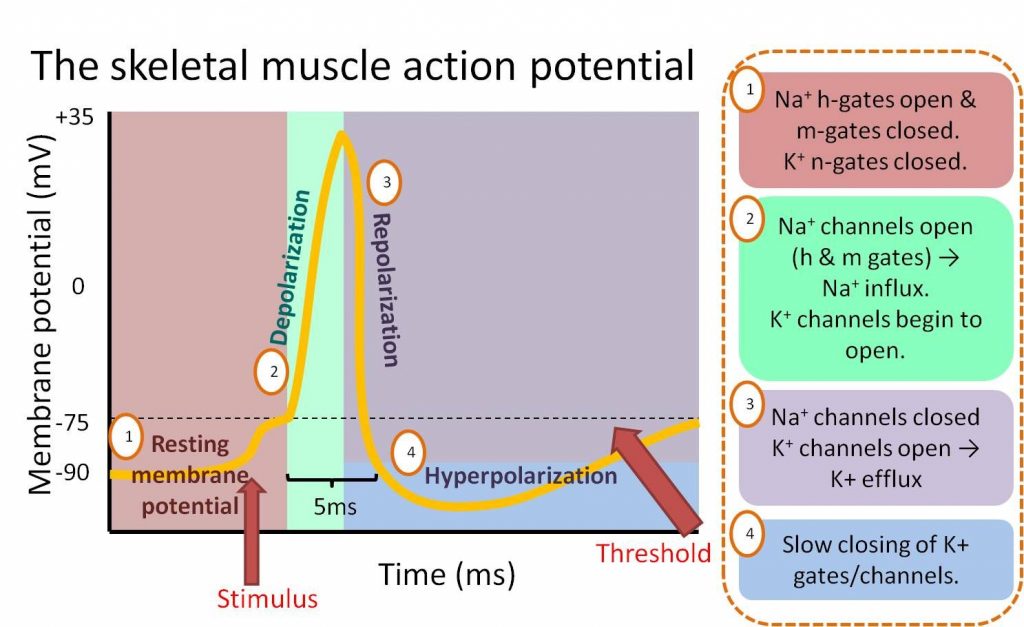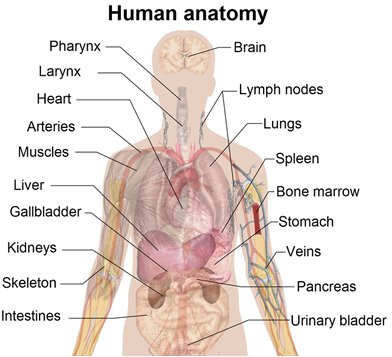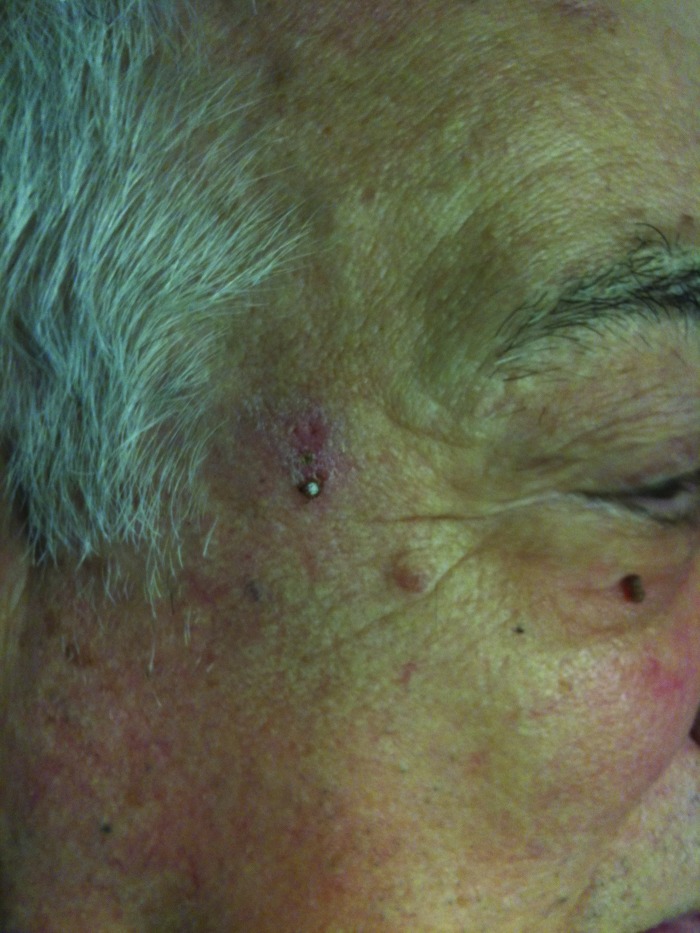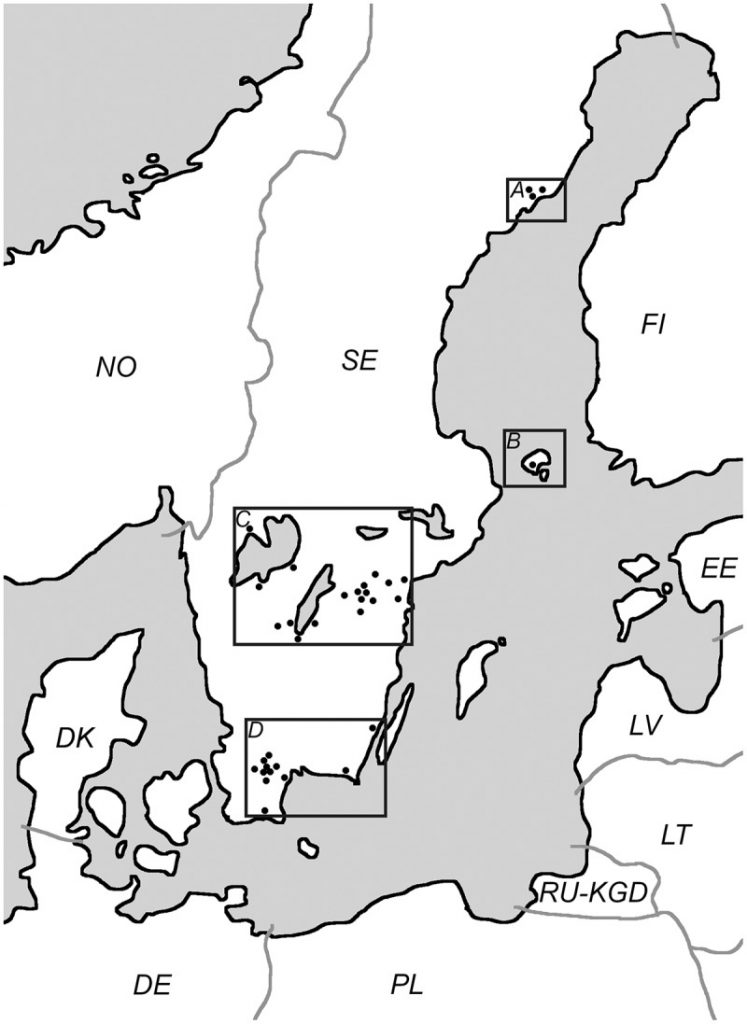Blood Sugar Regulation in Diabetics
The human body wants blood glucose (blood sugar Regulation in Diabetics) to stay in a very narrow range. Insulin and glucagon are the hormones that make this happen. Both insulin and glucagon are secreted by the pancreas and are therefore called pancreatic endocrine hormones. The image on the left shows the intimate relationship that insulin […]
Blood Sugar Regulation in Diabetics Read More »

